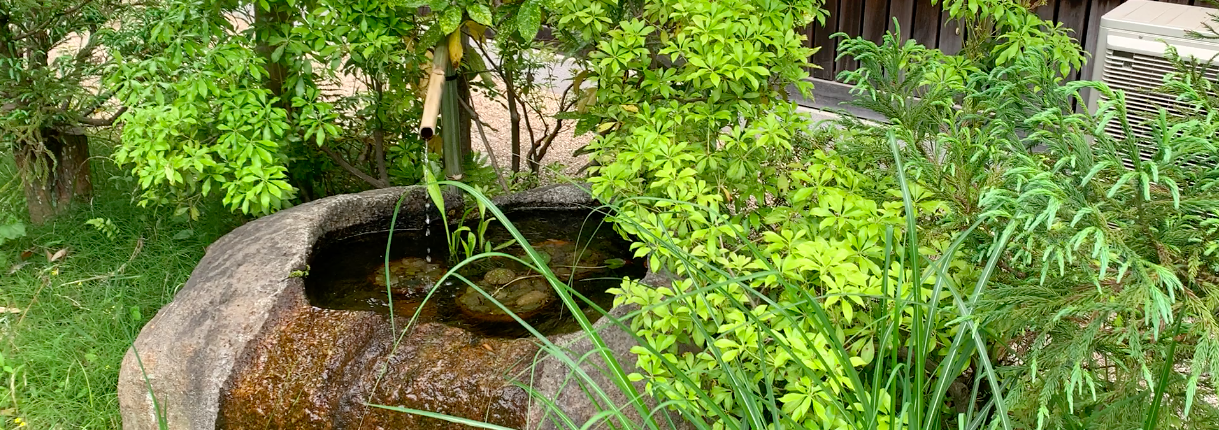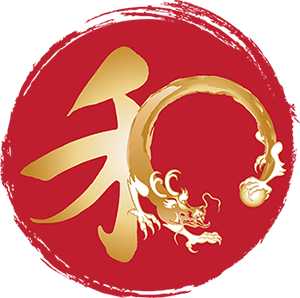READING TIME: 5 MINUTES.
A season of discoveries

Last spring, with the pandemic hitting hard, was a time of big change for me. In a matter of weeks from a very busy person, I became a person with plenty of free time on her hands. The weather was beautiful and I was dying to be outside but where to go? Friends, parks, cafes, or train rides that would take me to the city were all either closed or on the DON’T DO list. My one available pleasure was to go on bike rides. And the one thing that wasn’t closed to visitors was temples. I love temples but I hadn’t really looked for temples near my home.
To my delight, when I did a search, I discovered a real ‘treasure box’ of temples just across the river in the city of Hino. All were centuries old and most belonged to an esoteric Buddhist sect that built the world-famous temple city on Mt. Koya, in western Japan. The more I looked, the more temples I found, and the more my interest in these places and their history was piqued.
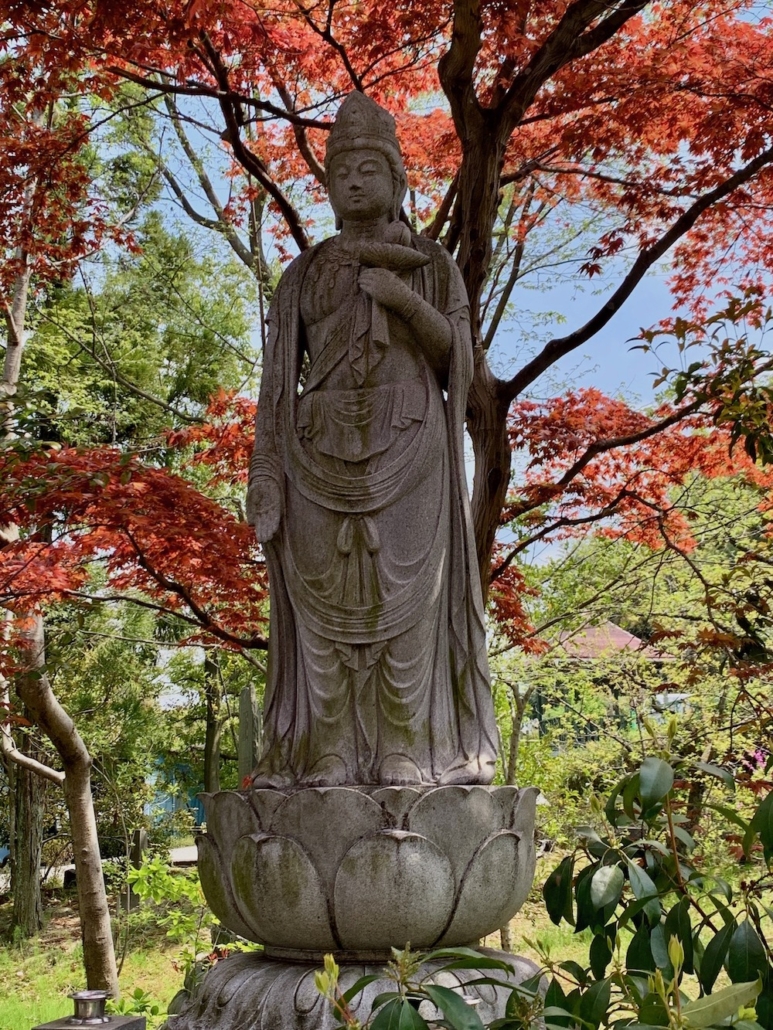
The serene face of Kannon, the Goddess of Mercy
In the following couple of months, almost daily I would get on my bicycle and head to a temple on my list. These little adventures gave me a great sense of freedom and enjoyment that turned what could have been one of the worst times of my life into one of the best and richest. It not only expanded and deepened my knowledge of the amazing spiritual heritage of this country, but it also opened the gates to many new dreams and desires.
The first gem in the box
The first temple I went to was Shinshoji, an 800 year old picturesque little temple that belonged to the esoteric Shingon school of Buddhism. Stepping through its gate was like stepping into a world of serenity and peace, filled with birdsongs, sunshine, and the bright red and green of the newly opened leaves of the maple trees. I liked that the garden was informal but obviously lovingly maintained. I also liked that although many temples keep the doors of their main halls closed when there is no service, the doors of Shinshoji were left open so the altar could be seen. The soft light of the two lanterns on each side of the altar was warm and inviting as if telling the visitor that they were expected and welcome.
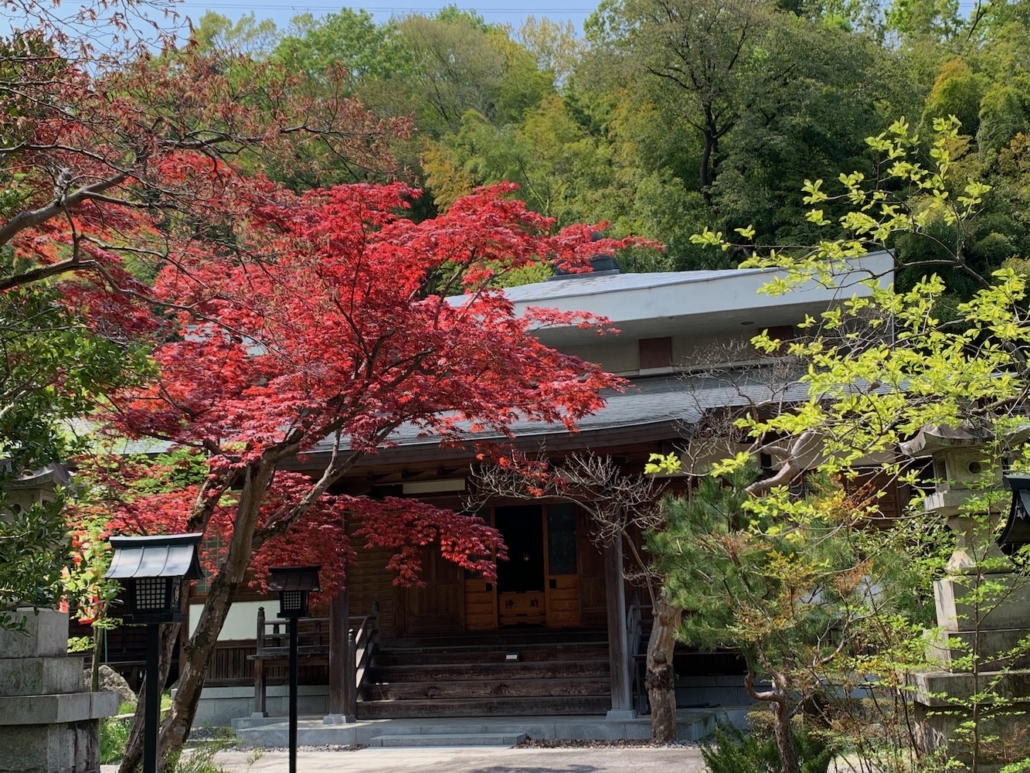
Shinshoji in early spring.
At that time, I learned that there was an annual pilgrimage in the city of Hino dedicated to the Seven Gods of Fortune (see my blog on the Seven Gods to learn more about these mythological deities.) Shinshoji Temple was a part of the pilgrimage and had a shrine dedicated to Ebisu, the god of Abundance and Good Luck. Unfortunately, I couldn’t see what was inside the shrine because its doors were closed, so I thought I would come again in the summer to see how the temple garden would change and (hopefully) to meet someone from the temple to show me more.
Second visit
I visited the Shinshoji again on the day of the Autumnal equinox, or Higan in Japanese, which is an important Buddhist holiday celebrated all over Japan. Traditionally it is a day to visit the family grave to clean it up, light incense, and leave flowers as an offering to one’s ancestors. Because of that, the temple was quite busy with people visiting the little graveyard it serviced.
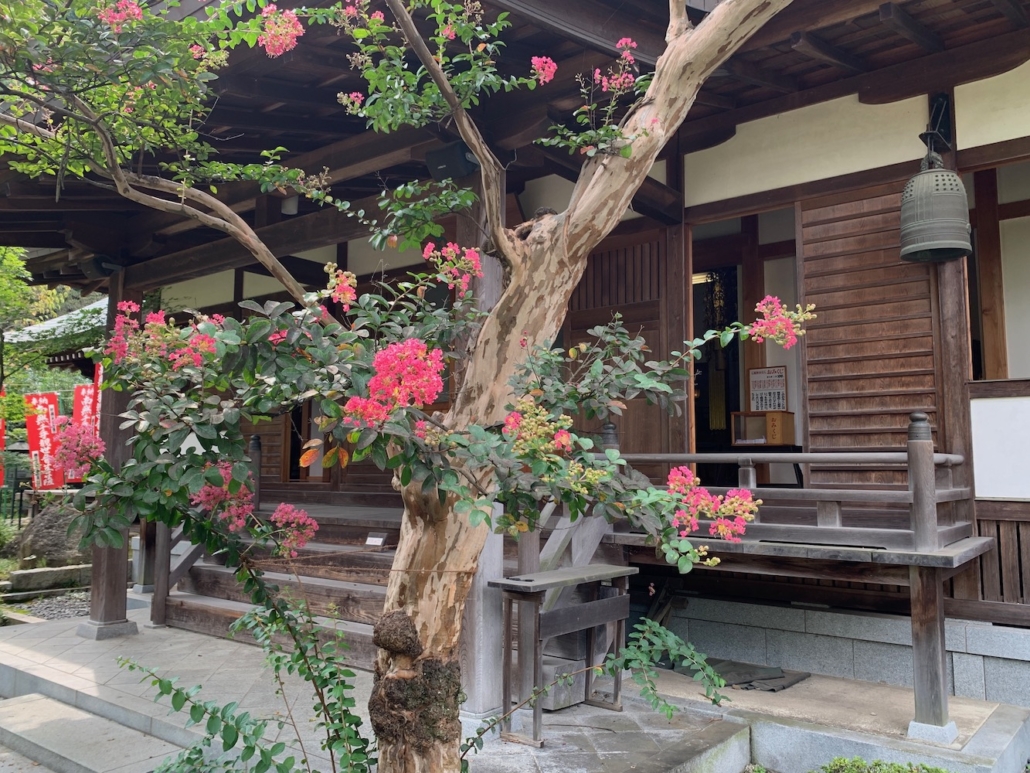
Shinshoji’s miracle myrtle tree
I was fortunate to meet the bomori – the wife of the temple’s head priest. She kindly showed me around and told me some of the stories from the temple’s history. Like how 90 years ago there was a big fire and the crepe myrtle tree in front of the main hall burned almost completely. It was about to be cut down when the priest’s family noticed there were new shoots coming from the burnt trunk. The tree regrew and its beautiful pink flowers were like a symbol of the rebirth and continuity that the temple itself had experienced through the many centuries of its existence.
Japanese Buddhist priests traditionally inherit the position from their fathers and grandfathers so it is common for the priests tending a temple to come from the same family, generation after generation. This story was told to the bomori by the old priest, her father-in-law, now 94 years old, who was a little boy at the time and who witnessed it all.
The shrine of Ebisu
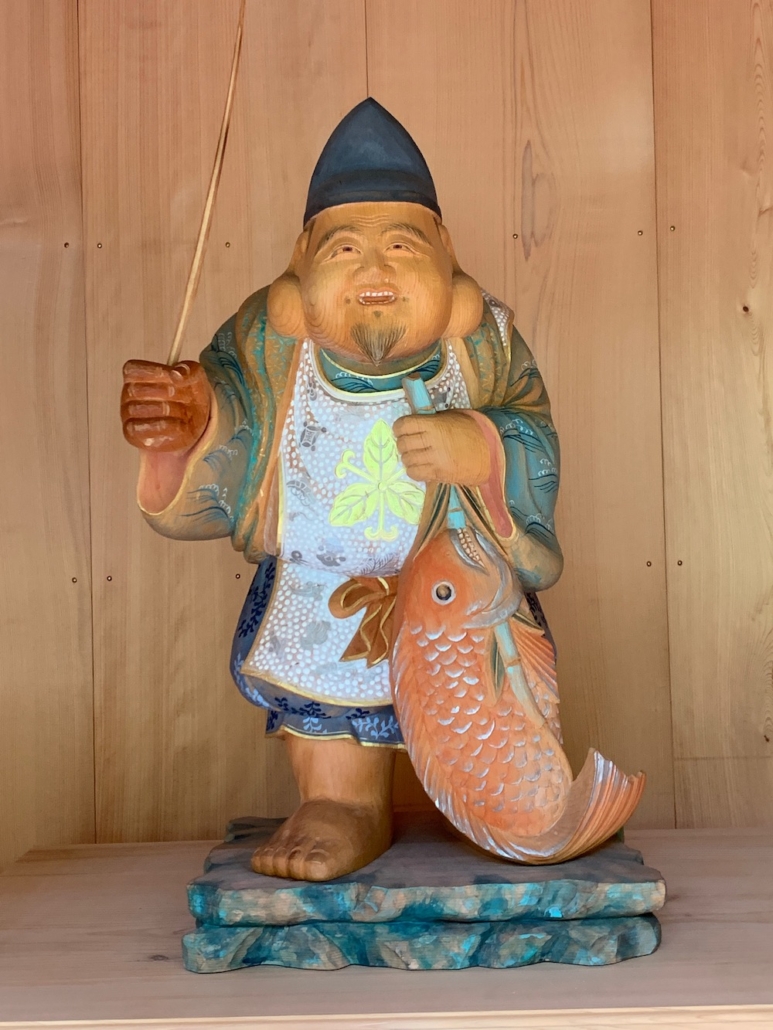
Ebisu, the god of good luck and abundance
The lady also opened the shrine of Ebisu for me so I could see the beautiful wooden statue of the deity inside it. Ebisu is also the god of fishermen, so he is often depicted with a large fish in his hand and a bright smile on his face. Who wouldn’t be this happy to have such a nice catch?
The statue was made by a famous woodcarver in Kyoto – its bright colors were well preserved and truly spectacular. Both the statue and the shrine were made of hinoki, a variety of Japanese cypress famous for its aromatic scent. Opening the doors of the shrine released a fragrance so heavenly I kept inhaling it over and over. Apparently, the little gecko that ran to hide under the altar thought the shrine was a great place too, so it had made its home there.
The bomori wasn’t bothered by that – she told me that they had a lot of geckos and that in Japanese gecko is ‘yamori’, which means a house protector, so it was a lucky thing to have them around. Perhaps Ebisu was weaving his magic and through the gecko sending good luck to the temple and its caretakers.
Shinshoji temple also has a Kannon-do – a small ‘chapel’ dedicated to Kannon, the Goddess of Mercy. Every October the temple holds a festival to honor her, with many pilgrims coming to bow and pray to the goddess. Then, at the New Year is the pilgrimage to the Seven Gods of Fortune and the serene temple grounds will become busy with visitors again. I am planning to visit Shinshoji at New Year’s myself and I hope to show you how the temple looks in its festive garb. Till then!
Makayla
* The Spirit of Japan Tours organizes private and group tours to temples and sites where you can experience the richness of Japan’s spirituality and traditions. Please, message us for more information about our future tours.

